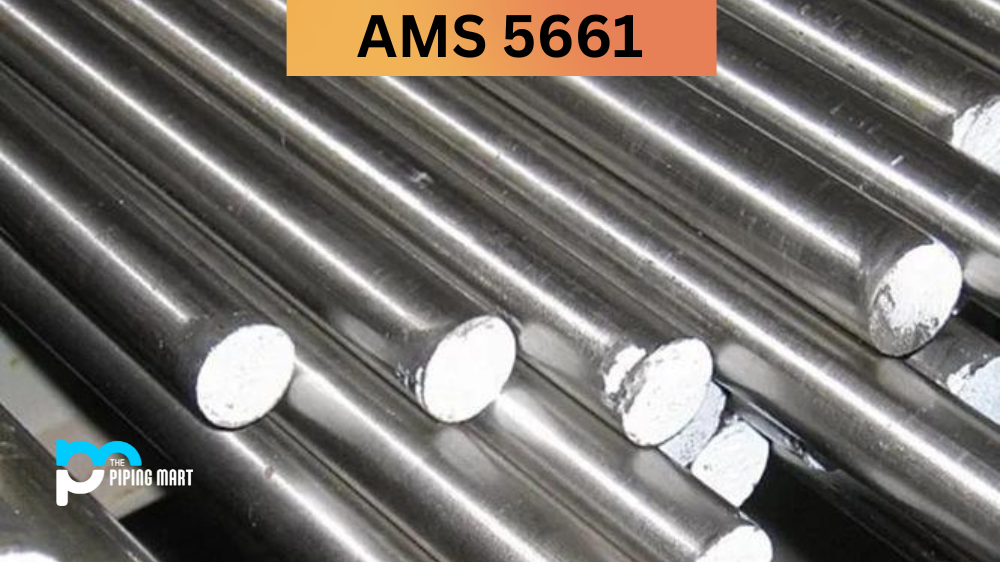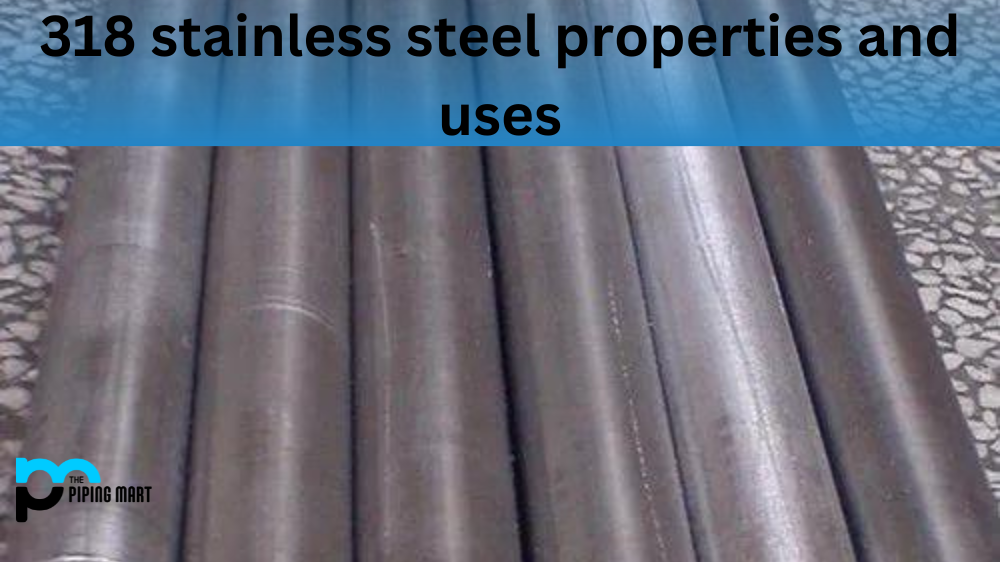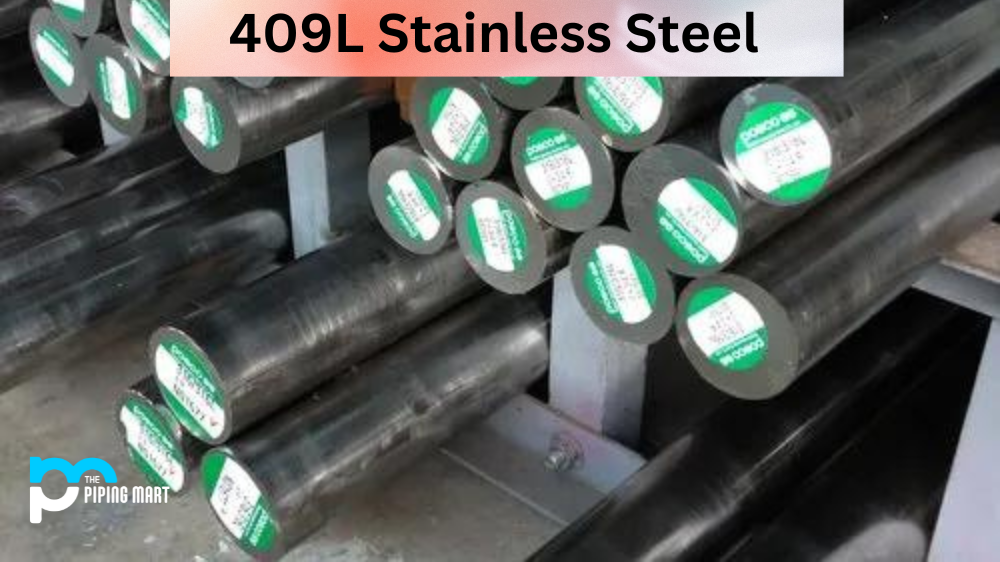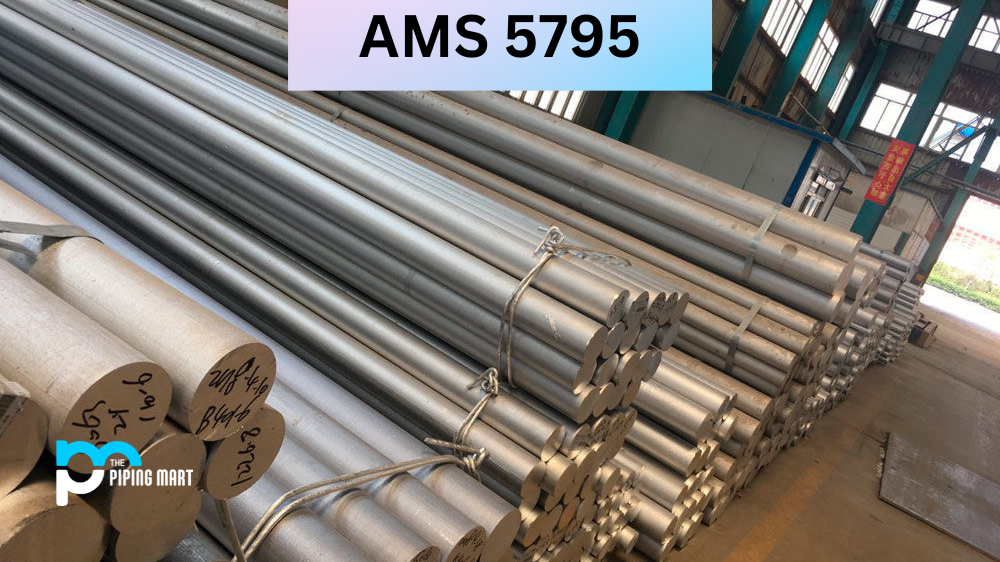AMS 5661 is a popular material commonly used in the aerospace and defence industries. But what exactly is it, and what makes it so special? This blog post will dive deep into the composition, physical and mechanical properties, uses hardness, and heat treatment of AMS5661. By the end of this post, you will better understand this material and its applications in various industries.
What is AMS 5661?
AMS 5661 (also known as Incoloy 901 Alloy) is a specification for a type of high-strength titanium alloy commonly used in aerospace engineering. This material is renowned for its exceptional tensile strength, as well as its resistance to corrosion and extreme temperatures. In particular, AMS 5661 is frequently employed in constructing structural components like engine casings, airframes, and landing gear. As aerospace technology advances, the demand for this powerful alloy is only expected to grow.
AMS 5661 Composition
AMS 5661, also known as Inconel 718, is a nickel-based alloy containing a blend of elements, including chromium, iron, niobium, molybdenum, titanium, and aluminium. It has excellent strength and corrosion resistance, making it an ideal choice for high-temperature applications. Its unique composition also makes it resistant to oxidation and cracking under extreme conditions.
| Element | Content (%) |
|---|---|
| Nickel, Ni | 41-43 .5 |
| Chromium, Cr | 11-14 |
| Titanium, Ti | 2.2-2.75 |
| Silicon, Si | 1 max |
| Manganese, Mn | 0.8 max |
| Copper, Cu | 0.5 max |
| Aluminum, Al | 0.35 max |
| Carbon, C | 0.1 max |
| Phosphorus, P | 0.04 max |
| Sulfur, S | 0.04 max |
| Boron, B | 0.01 – 0.02 |
| Iron, Fe | Remainder |
AMS 5661 Physical Properties
The physical properties of AMS 5661 are equally impressive. It has a density of 8.19g/cm3, a melting point of 1260°C, and a thermal conductivity of 6.8 W/m.K. This combination of properties makes it an ideal material for parts that require high strength and durability, such as turbine blades, rocket motors, and nuclear reactors.
| Properties | Metric | Imperial |
|---|---|---|
| Density | 7.8 g/cm³ | 0.283 lb/in³ |
AMS 5661 Mechanical Properties
When it comes to mechanical properties, the AMS 5661 is equally impressive. It has a tensile strength of 1350 MPa and a yield strength of 1250 MPa. It also has a high modulus of elasticity and good fatigue resistance. These properties make it an ideal material for high-stress applications that require excellent mechanical performance.
| Material | Tensile Strength ksi | Yield Strength ksi | Elongation in 4D(%) | Reduction of Area % | Hardness HB |
| Alloy 901 | 150 | 100 | 12 | 15 | 302-388 |
AMS 5661 Equivalent
- AISI 681
- AISI 682
- PWA 1002
- PWA 1003
- SPS M259
AMS 5661 Uses
The uses of AMS 5661 are varied and extensive. Its excellent strength and corrosion resistance make it an ideal material for jet engines, gas turbines, and other high-temperature applications. It is also used in the nuclear and chemical industries, where its resistance to corrosion and cracking under extreme conditions is essential.
AMS 5661 Hardness
AMS 5661 is known for its extreme hardness. In the solution-annealed condition, it has a hardness of approximately 35 HRC. However, it can be heat-treated to increase its hardness to a maximum of 55 HRC. This makes it ideal for parts requiring high wear resistance, such as fuel system components, bearing races, and turbine shrouds.
AMS 5661 Heat Treatment
Finally, it is important to note that AMS 5661 can be heat-treated to improve its mechanical properties. This material’s most common heat treatment is precipitation or age hardening. This process involves heating the material to a specific temperature and holding it there for a certain period before cooling it down. The result is a material with improved mechanical properties and fatigue resistance.
Conclusion:
AMS 5661 is a nickel-based alloy widely used in various industries, including aerospace, defence, and nuclear. It has excellent strength, corrosion resistance, and durability, and its unique composition makes it resistant to oxidation and cracking under extreme conditions. Its physical and mechanical properties make it ideal for high-temperature and high-stress applications requiring excellent performance and reliability. With proper heat treatment, it can be hardened to a maximum of 55 HRC and has improved mechanical properties and resistance to fatigue. Next time you encounter AMS 5661, you will know exactly what it is and why it is such an important material in modern engineering.

Pipingmart is a B2B portal that specializes in metal, industrial and piping items. Additionally, we share the latest information and information about materials, products and various types of grades to assist businesses that are involved in this business.




